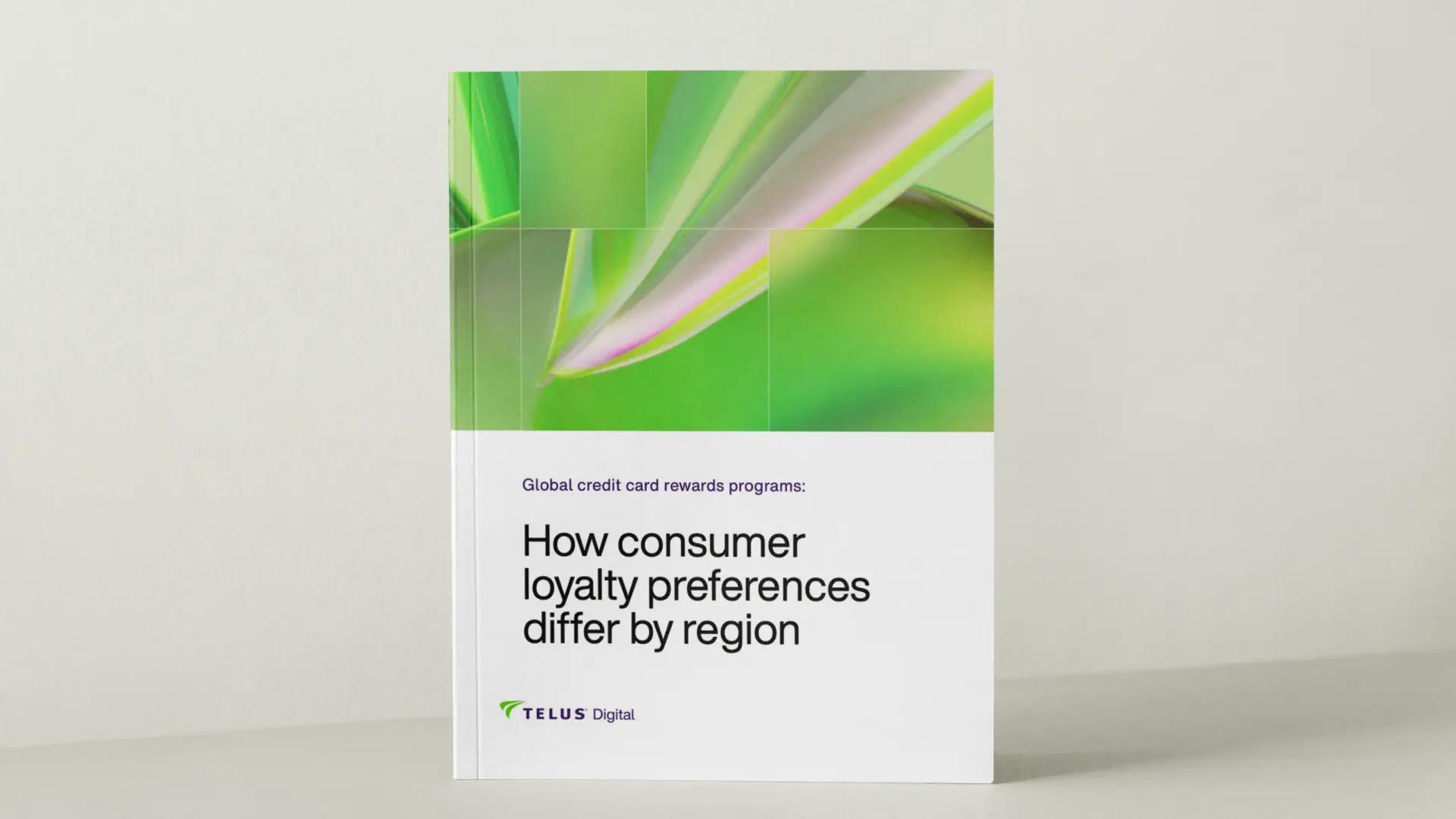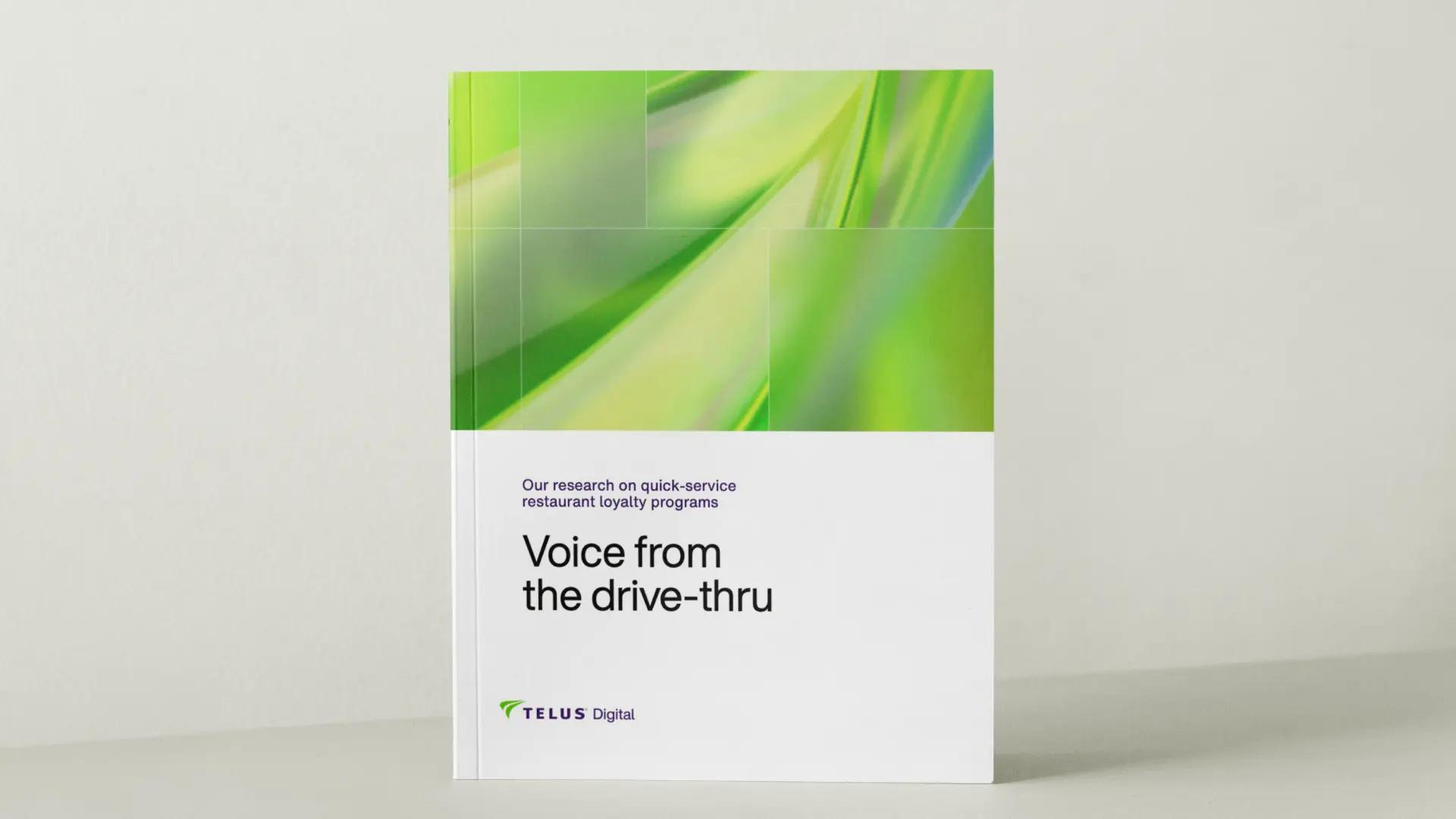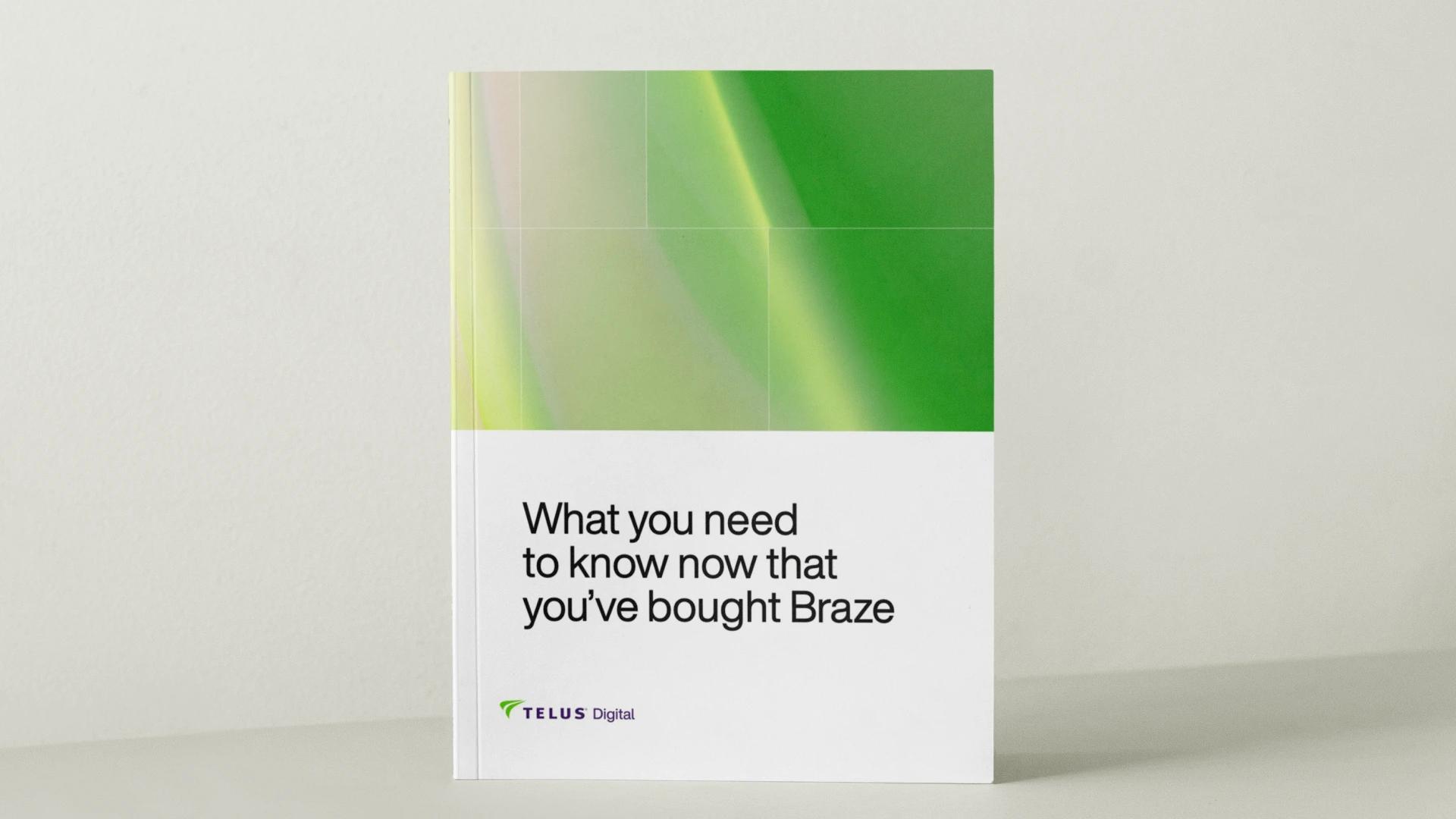How to turn preferences into profit
Rebecca O'Connor
Senior Growth Manager at WillowTree

What does a good preference center look like? How can you enhance yours to strengthen your relationship with your users? Let’s dig into a few common areas with room for growth!
Answer a few questions and examine some real-life examples to find out if you are underutilizing your preference center.
1. Are your users able to adjust how often they receive communications?
If you’re not giving your customers the choice to opt down instead of opting out, you’re missing out on a crucial opportunity to retain about-to-churn customers.
An example from my inbox: Stitch Fix
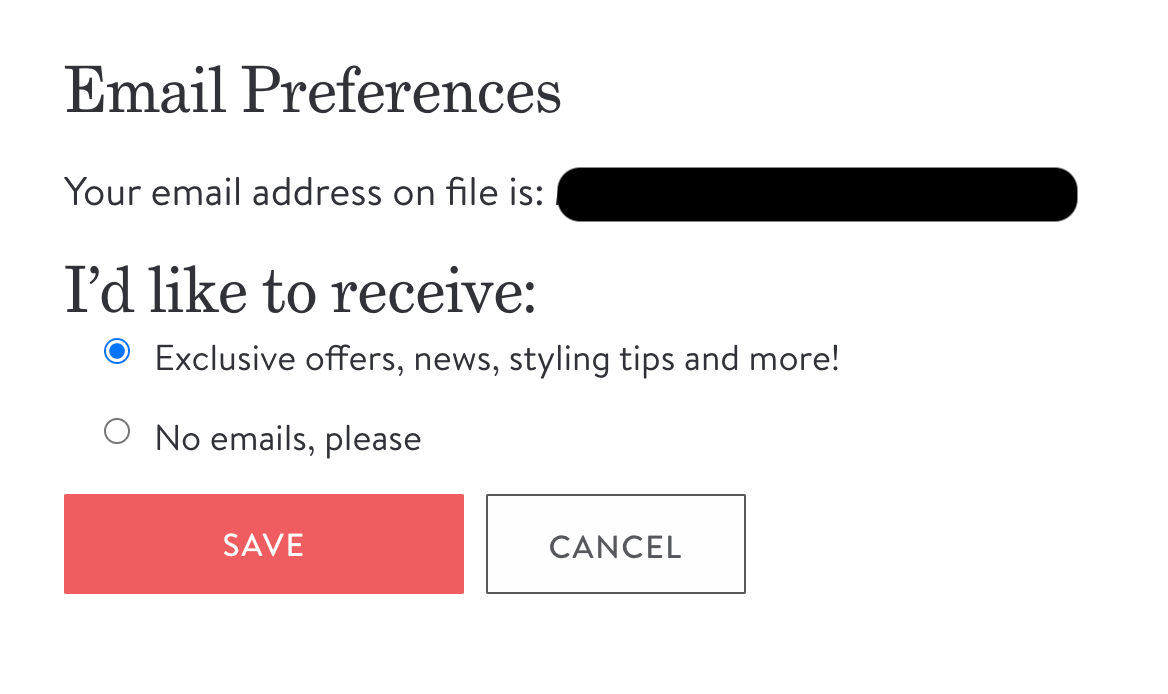
I arrived at this page after clicking “Manage your communication preferences” in an email footer, but there’s not much for me to manage.
Avoid asking customers to make this all-or-nothing choice, and offer at least one option to opt down (e.g., once a month, only when there’s a sale) to avoid closing off this marketing channel altogether.
2. Can your customers express channel preferences?
Your customer has opted into some combination of push, SMS and email, and you’re in a great position to create powerful multi-channel marketing campaigns. Score! But with great power comes great responsibility—make sure you allow customers to adjust how they are contacted on each channel.
An example from my inbox: Spotify.
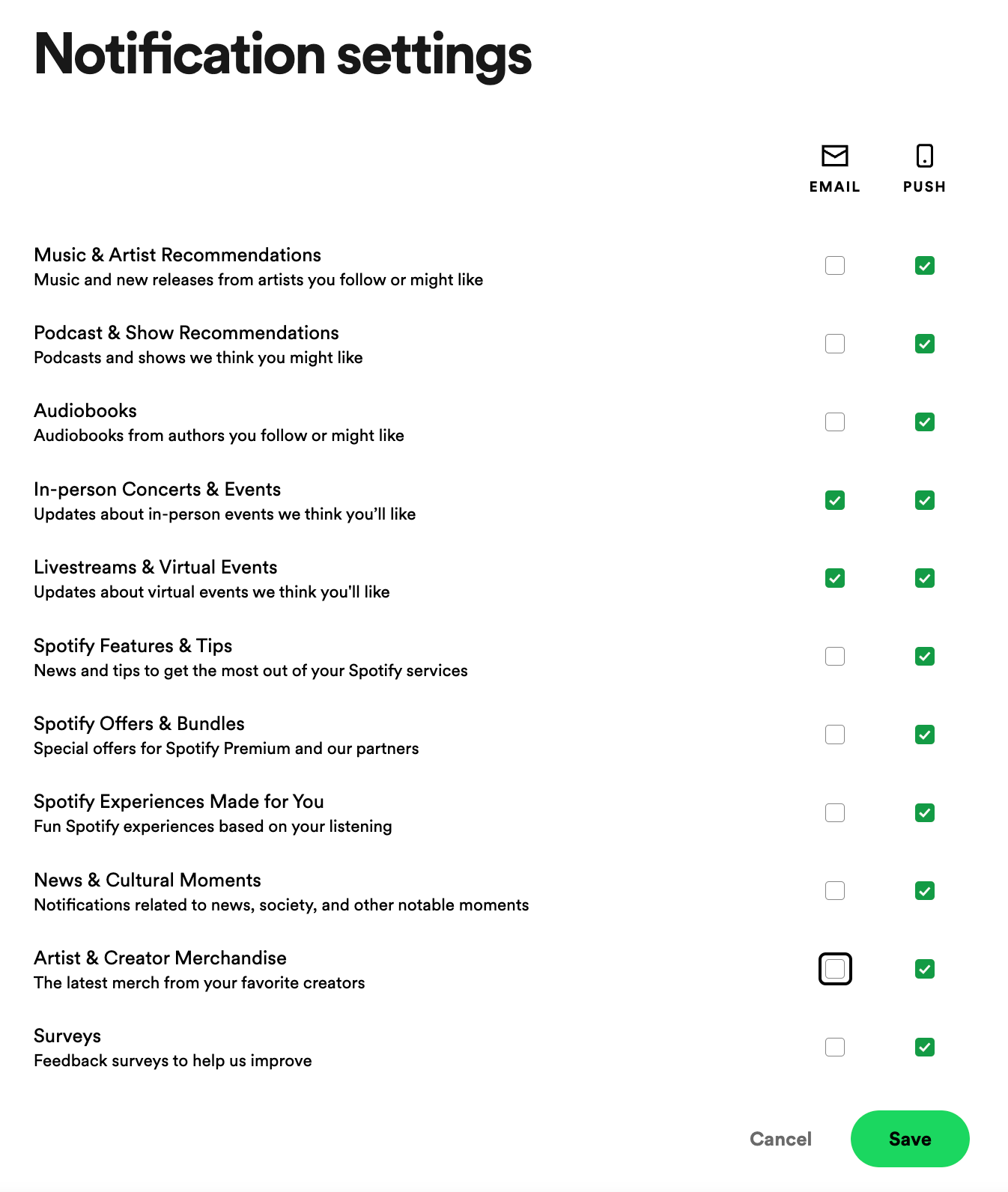
Spotify does a great job with this. For every type of notification, users can choose email, push, both or neither. This allows me to say yes, send me all the emails about concerts, but everything else I’d prefer to receive as a push notification.
3. Can customers tell you that they are only interested in a specific subset of your product offerings?
Let’s go back to Spotify, which offers a wide and ever-expanding list of products — music, concert tickets, podcasts, audiobooks, etc. Allowing users to subscribe only to the products they’re interested in is crucial to providing a best-in-class engagement experience.
4. Do you have the information you need to personalize campaigns available in your CRM in real time?
More often than we’d like, the answer to this question is no. Or yes, but:
- I need to request it from another team.
- I’ll get it with a 2-day delay.
- It may not be fully up to date.
- I only have access to some of it.
Sound familiar? Siloed customer data is one of the most common problems that companies face. If you’re struggling to capitalize on user data (or if it’s taking all week), a CDP may be your answer.
How does this translate to customer experience? Let’s dive back into my inbox to take a look.
5. Are you pairing preferences with customer behavior to personalize campaigns?
When customers give you information about themselves, they expect to see that information reflected in the communications you send them. This includes not just your preference center but purchase history!
An example from my inbox: 1-800 Contacts
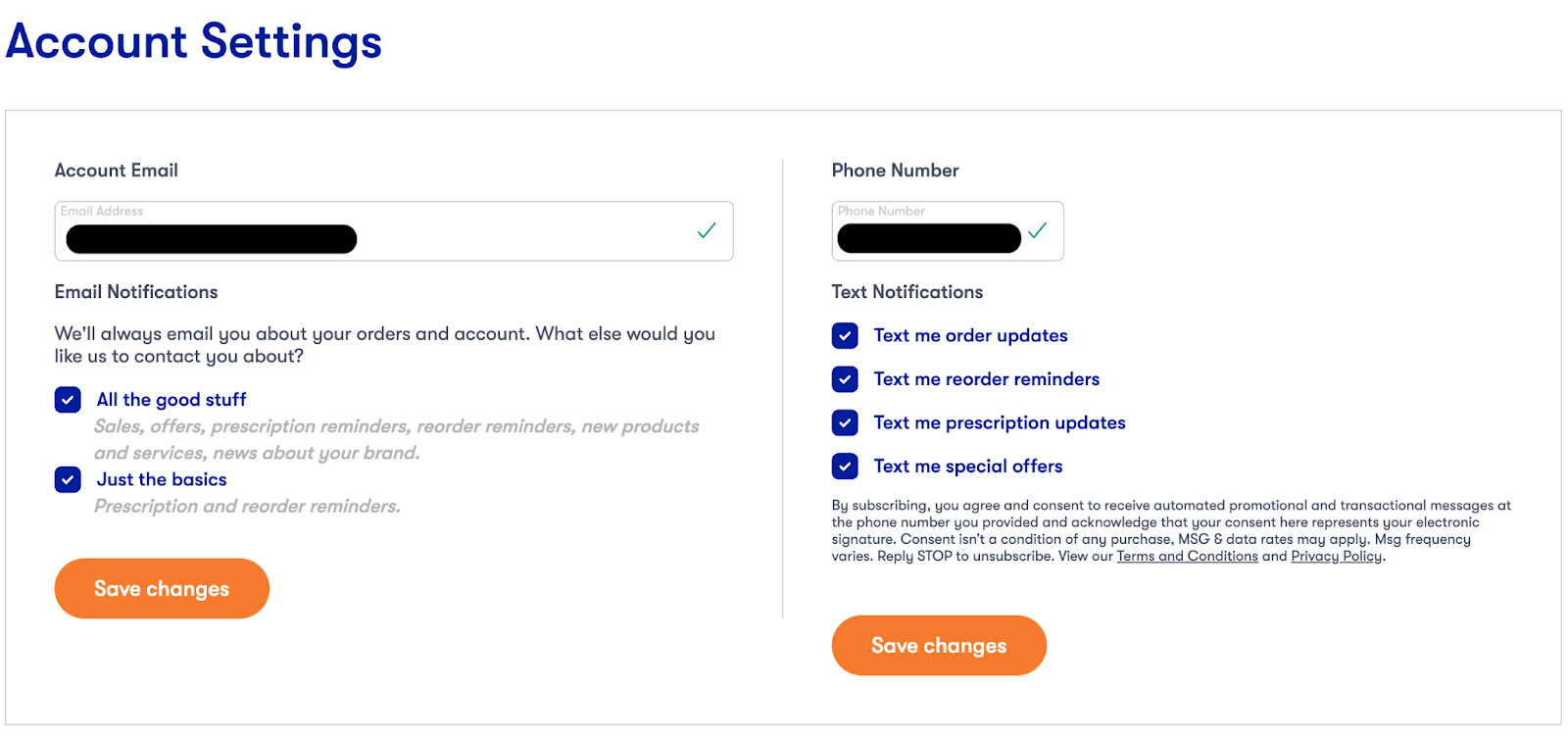
There are a lot of great things about this preference center:
- I can modify my email and SMS preferences in one place.
- I have the option to opt down for email.
- The SMS preferences are quite granular and give me a lot of control.
But even with all of these great options for the customer, marketers still need to proactively personalize campaigns.
In May, I bought a year’s supply of contact lenses. The onboarding experience was so great that I even opted into SMS. The copy was fun, the emails were great, and the contacts were delivered on time! I was following the happy path (a user who completes all of the actions as intended).
But 1-800 Contacts missed out on a crucial opportunity to link my purchase history to order reminders.
In the six months that followed my purchase, I received five SMS messages and eight emails asking if I’d like to order more. (Note: I’m not counting the glasses cross-sell, eye-health newsletters or end-of-year FSA reminders, which I’d consider valid use cases for this user).
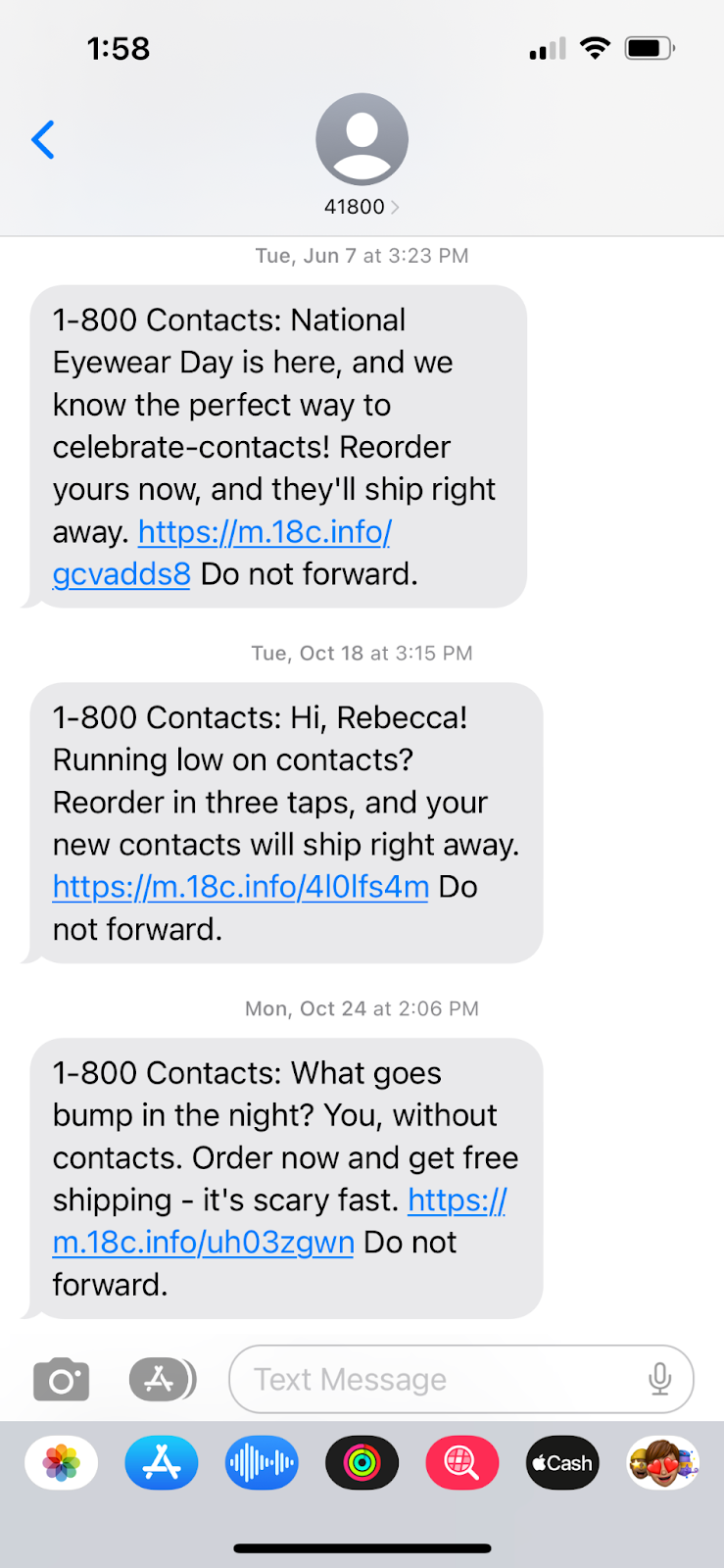
It’s crucial to make sure purchase history is available to your Marketing Team in-platform so they can segment, trigger and personalize messages effectively.
Let’s get to work!
When implementing these recommendations, the most important thing to remember is this: Make sure you can honor any options you offer in your preference center. If users take the time to provide you with information about themselves, ensure that you respect those preferences (no horror movies for your rom-com lovers or cat food for your dog parents).
Learn more about how we can help grow your loyalty practice by exploring our Digital Marketing Services.


